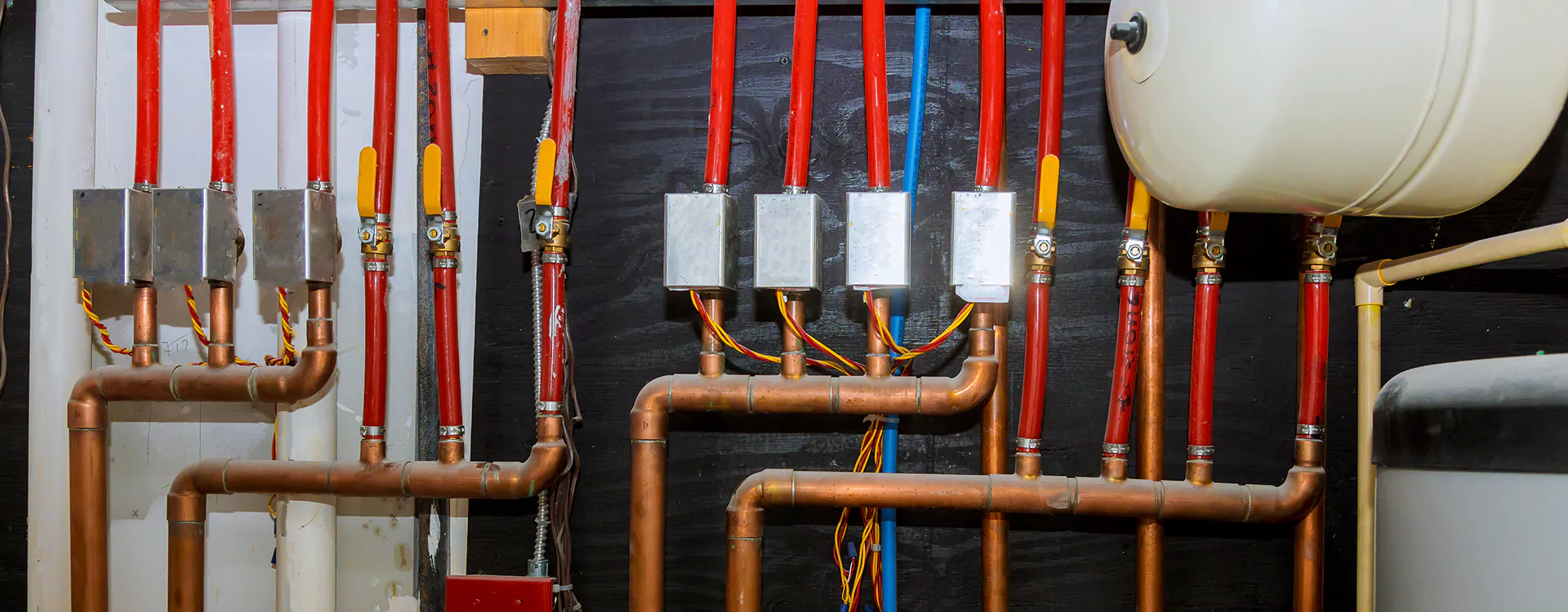Introduction
Toronto condo owners beware – if your building was built using a Kitec plumbing system, you may have a big problem behind your walls! This blog post highlights everything you need to know about identifying, managing, and mitigating the risks associated with Kitec plumbing in your property.
What is Kitec Plumbing?
Kitec plumbing, a system developed as a more cost-effective alternative to traditional copper plumbing, uses plastic pipes with zinc fittings. Initially seen as a promising solution for residential construction, Kitec plumbing systems have since been linked to significant failures. These failures are not just minor inconveniences but can lead to severe water damage as the pipes are notorious for bursting.
Common Issues with Kitec Plumbing
There are three primary issues that lead to Kitec plumbing failures:
- Heat Sensitivity: Kitec pipes cannot withstand high temperatures. With a melting point of 82 degrees Celsius, they are unsuitable for the high-temperature hot water systems common in residential buildings.
- Zinc Corrosion: The brass fittings containing zinc corrode over time, leading to blockages and eventual pipe failures. This process is accelerated by fluctuating water temperatures and pressure, causing the plumbing system to degrade faster.
- High Water Pressure: Unfortunately, Kitec plumbing cannot endure the high water pressure typical in many buildings, leading to pipe bursts.

Identifying Kitec Plumbing
If your condo was built between 1995 and 2015, it might be at risk. The telltale signs include bright orange and blue tubing visible under sinks, typically in kitchens and bathrooms. However, these colors alone are not definitive indicators, as Pex plumbing shares similar hues. Check for the “Kitec” or “KTC” markings on pipes and fittings to confirm.
What to Do If You Have Kitec Plumbing
For those unfortunate enough to discover Kitec plumbing in their home, remediation is key. Buildings have generally followed one of two paths:
- Individual Remediation: Condo management may ask each unit owner to replace their plumbing. This approach leaves some units at risk, as not all owners may comply, potentially affecting neighboring properties.
- Building-wide Replacement: The more reliable option involves the entire building undergoing a comprehensive plumbing system overhaul, usually managed by a single contractor. While initially costly, this approach eliminates future risks and enhances resale value by addressing the systemic plumbing issues uniformly.

Protecting Your Investment
If you are in the market for a new condo, work closely with your realtor to ensure due diligence is performed. This includes:
- Confirming the building’s construction dates and checking for any history of Kitec usage.
- Asking management about any past remediation efforts.
- Ensuring that your offer includes a clause requiring the seller to guarantee the absence of Kitec plumbing.
Conclusion
Living with Kitec plumbing is manageable but requires proactive steps to prevent catastrophic failures. By addressing these issues early and comprehensively, condo owners and buyers can protect their investments and ensure peace of mind, staying clear of the so-called “Danger Zone” of plumbing failures. Stay informed and work with knowledgeable professionals to steer clear of the pitfalls associated with Kitec plumbing.





